Optimal Timing for Hydrant Installations
Hydrant installations are most effectively performed during periods of stable weather conditions. Typically, the optimal time is during dry seasons when ground conditions are firm, reducing delays caused by wet or frozen soil. Planning installations in these periods minimizes disruptions and ensures proper setup.
Timing also depends on local climate patterns and project scope. Spring and early fall often provide suitable conditions in many regions. Proper scheduling can lead to cost efficiencies and improved safety during installation activities.
Dry, stable weather reduces delays and facilitates proper installation of hydrants.
Spring and fall are preferred in many areas due to moderate temperatures and soil conditions.
Coordinating installations during favorable weather minimizes project costs and safety risks.
Local climate patterns influence the best timing for hydrant installation projects.

Ways to make Hydrant Installations work in tight or awkward layouts.
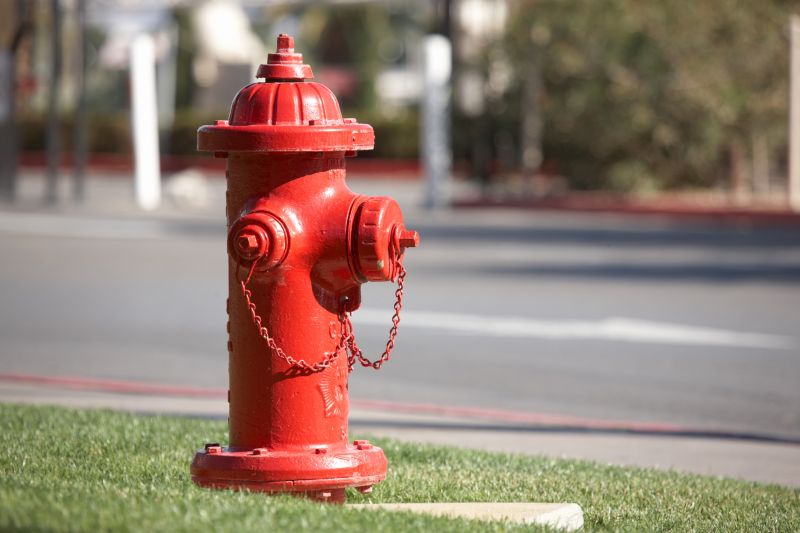
Popular materials for Hydrant Installations and why they hold up over time.
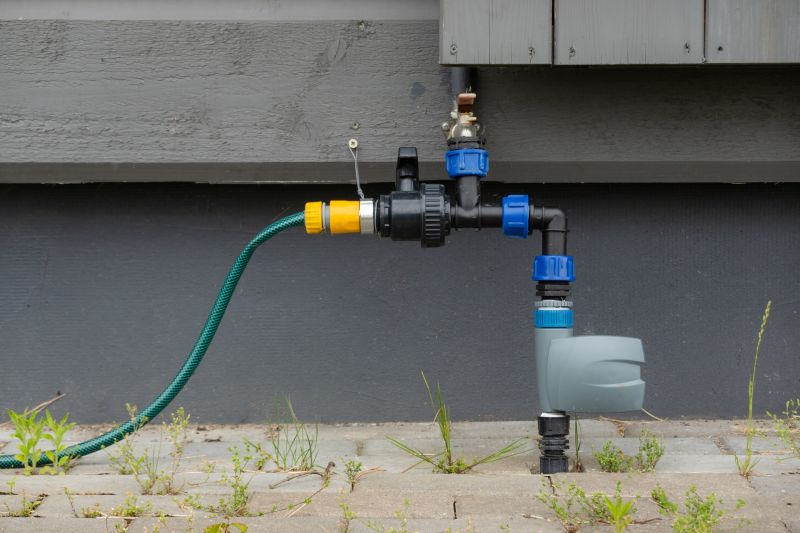
Simple add-ons that improve Hydrant Installations without blowing the budget.

High-end options that actually feel worth it for Hydrant Installations.
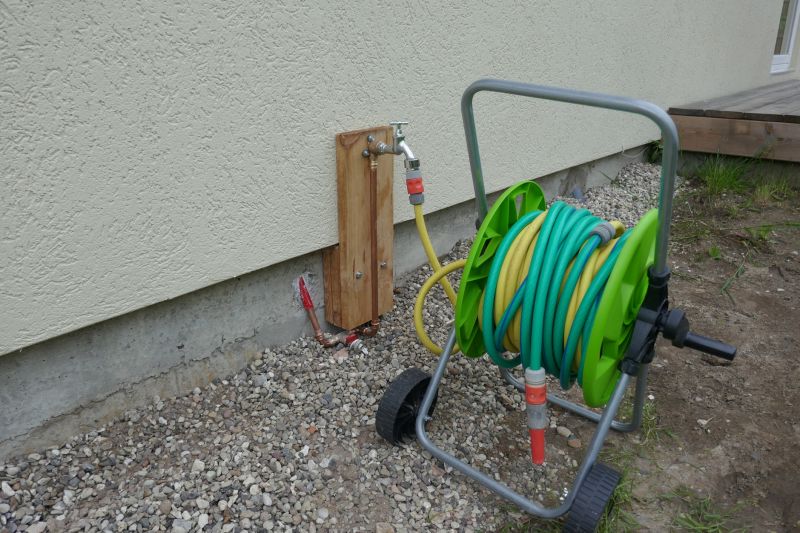
Finishes and colors that play nicely with Hydrant Installations.

Little measurements that prevent headaches on Hydrant Installations day.
Hydrant installations are a critical component of municipal fire safety infrastructure. They ensure rapid access to water supplies for firefighting efforts, potentially saving lives and property. Proper planning and timing of these installations can improve operational efficiency and reduce long-term maintenance costs.
Statistics indicate that installations performed during optimal weather conditions experience fewer delays and require less rework. This results in streamlined project timelines and cost savings. Additionally, well-timed installations can better integrate with existing infrastructure, reducing service disruptions.
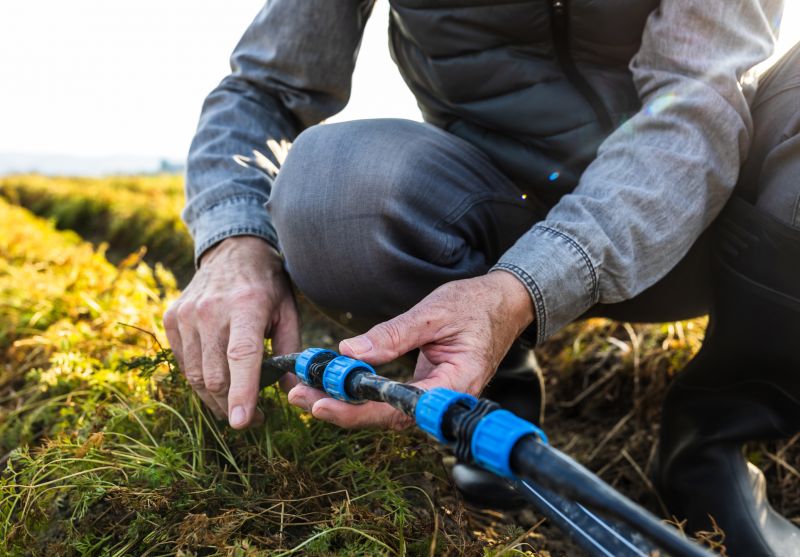
A 60-second routine that keeps Hydrant Installations looking new.
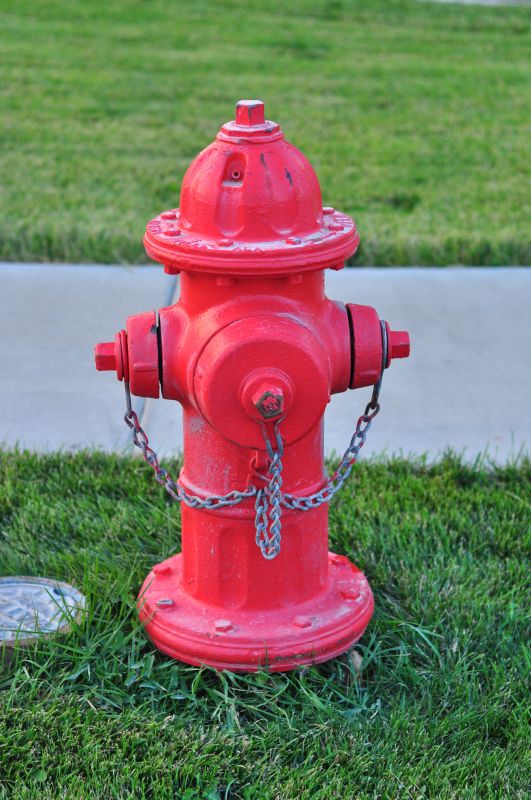
A frequent mistake in Hydrant Installations and how to dodge it.
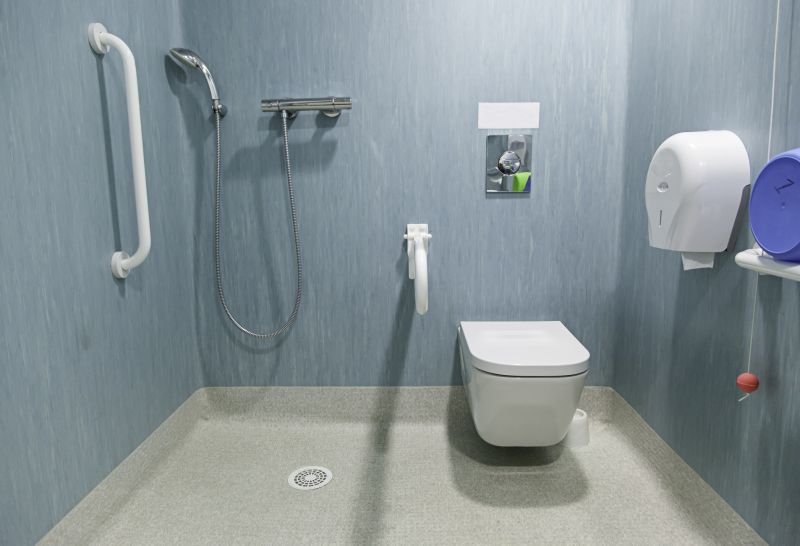
Small tweaks to make Hydrant Installations safer and easier to use.
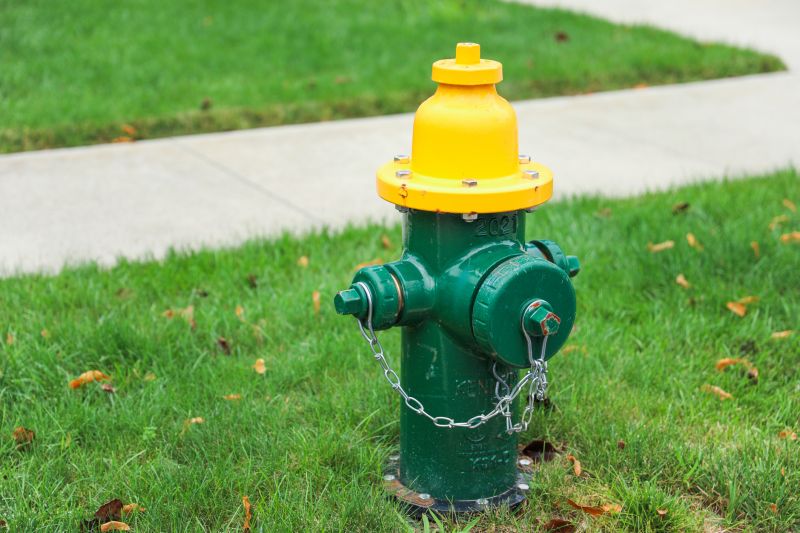
Lower-waste or water-saving choices for Hydrant Installations.
| Factor | Impact on Installation Timing |
|---|---|
| Weather Conditions | Dry and stable weather reduce delays. |
| Soil Type | Firm ground facilitates installation; wet or frozen soil complicates it. |
| Regional Climate | Climate patterns influence optimal timing. |
| Project Scope | Larger projects may require extended planning. |
| Resource Availability | Availability of equipment and personnel affects scheduling. |
| Existing Infrastructure | Compatibility with current systems impacts timing. |
| Permitting and Regulations | Approval processes can influence project start times. |
Interested parties are encouraged to contact for further information or to discuss specific project needs regarding hydrant installation timing. Proper scheduling ensures efficient execution and compliance with safety standards.
